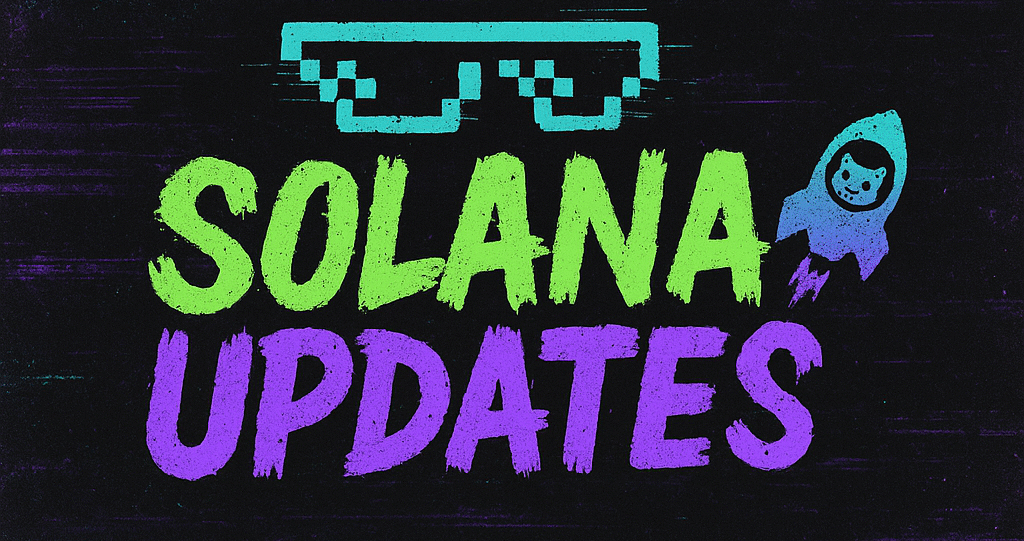Why Solana Could Become Wall Street’s Go-To Network for Stablecoins
In a significant prediction that could reshape the financial landscape, Matt Hougan, Chief Investment Officer at Bitwise Asset Management, has expressed confidence in Solana emerging as the preferred network for stablecoins on Wall Street. Despite Ethereum’s current dominance in the decentralized finance (DeFi) ecosystem, Hougan believes Solana’s unique attributes position it as a formidable contender for handling high-volume, stablecoin transactions and tokenization.
Solana’s Edge in Speed and Finality
One of the critical factors that Hougan highlighted is Solana’s unparalleled speed and transaction finality. Solana can process thousands of transactions per second, with a block time of just 400 milliseconds. This rapid transaction capability ensures that financial institutions can operate with the efficiency and speed that Wall Street demands.
“For a sector that values precision and timing, Solana offers a network where transactions are not only fast but also finalized almost instantaneously,” said Hougan. This finality is crucial for stablecoins, which are often used in high-frequency trading and require immediate settlement.
Comparing to Ethereum
Ethereum, the current leader in DeFi and smart contract platforms, has long been the go-to network for tokenization and stablecoin operations. However, its scalability issues and higher transaction fees have been a point of contention. While Ethereum’s transition to a proof-of-stake model aims to address some of these concerns, the network still struggles under heavy load, leading to congestion and increased costs.
“Ethereum has paved the way, but Solana is set to take the baton for applications that cannot afford latency or high fees,” Hougan emphasized. He believes that Wall Street’s need for reliable and cost-effective solutions in digital assets will gradually steer them towards Solana.
The Growing Ecosystem
Solana’s ecosystem has been expanding rapidly, attracting developers and projects that are eager to leverage its high throughput and low costs. Major stablecoins, including USDC and Tether, have already launched on Solana, providing liquidity and facilitating seamless transactions. This adoption is a testament to the network’s capability to support large-scale financial operations.
Moreover, the Solana Foundation has been proactive in fostering innovation by providing grants and support to projects that contribute to the ecosystem’s growth. This support has been integral in building a robust infrastructure that can cater to the demands of institutional players.
The Future of Stablecoin Networks
As the financial industry continues to embrace digital assets, the infrastructure supporting these assets becomes increasingly important. Stablecoins, being a bridge between traditional finance and cryptocurrencies, require a network that not only meets current demands but is also future-proof.
“Solana is not just a network; it’s a paradigm shift in how we think about financial transactions,” Hougan stated. He foresees a future where Solana’s infrastructure becomes the backbone for tokenization efforts across various sectors, beyond just finance.
In conclusion, while Ethereum maintains its position as a leader in smart contracts, Solana’s attributes make it a strong candidate for becoming Wall Street’s network of choice for stablecoins. As the digital asset space evolves, the ability to adapt and scale will dictate which networks rise to prominence.
🛒 Recommended Product: Check out top-rated crypto gear on Amazon


